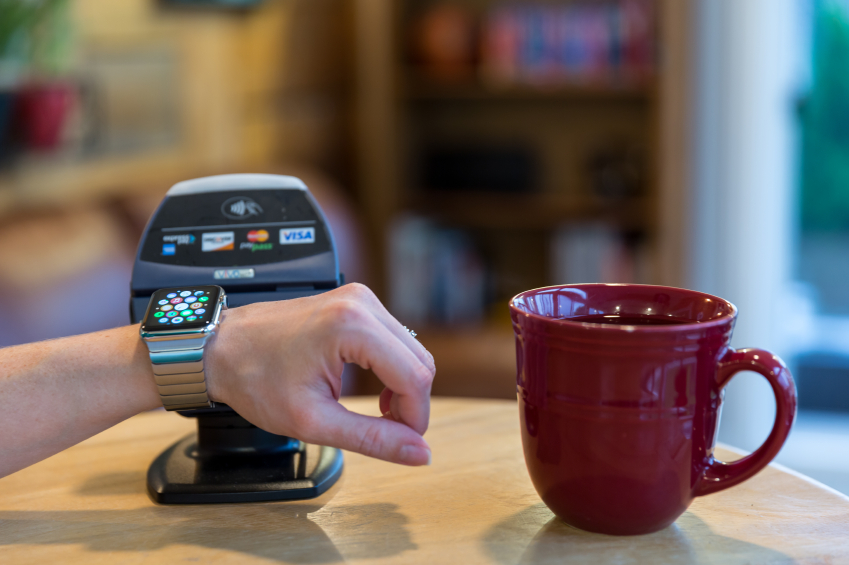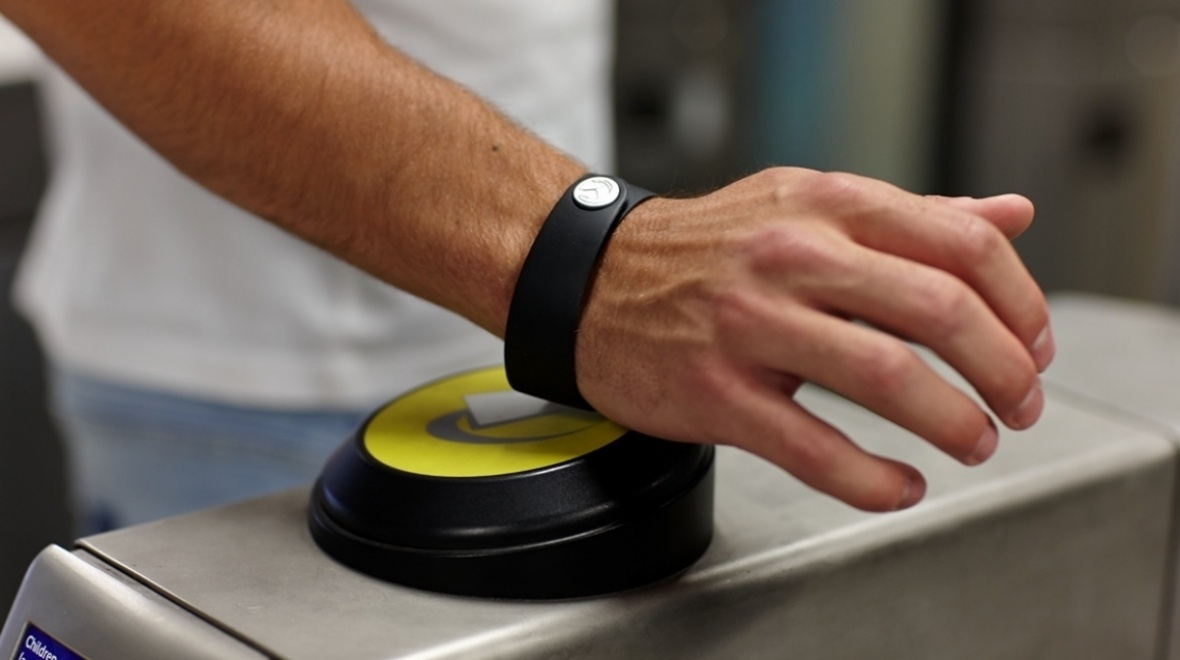
Wearables in the fintech space?
The wearable space may be nascent, but it holds great potential for fintech innovation, says Andrew Parker from the fintech firm Fiserv
Wearables are commonly known as devices that are small, lightweight, designed-focussed, offering a kind of minimal functionality geared towards improving your lifestyle; only useful when paired with the more sophisticated smartphone.
In recent years, demand for wearables such as smartwatches and smart fitness wristbands have surged exponentially. Its target demographic – teenagers and young working adults seeking to augment their fitness habits with the tracking capabilities of these wearables, or to simply complement their smartphone’s messaging and call functions.
So how do fintech services figure in this picture? Given the complexity of fintech applications, how much value and innovation can wearables bring to the table?
[su_quote cite=”Andrew Parker, Digital Banking Specialist at Fiserv, a global financial services technology company”]Wearable technology is still new and has yet to demonstrate its full potential[/su_quote]
The first step to discovering how wearables add value is to understand what kind of value it can derive from customers.
Since wearables technology is still at a fairly nascent stage, it is imperative that financial institutions begin by learning and understanding customer behaviour; how they use smartwatches and what type of data is gathered in the device, Parker says. Through this, they can gain a understanding on how to innovate their fintech services.
As a Digital Banking Specialist, Parker is in charge of formulating go-to-market strategies for digital services, pushing innovation and keeping abreast of the latest digital and market trends.
One of these trends, he says, is that many financial institutions are expressing a keen interest in the wearables space. To be precise, these corporations are seeking to leverage the smartwatch’s ability to gather critical information about its user’s health – through analysing exercise habits, food intake, and even blood pressure, then measuring that against the user’s age, height and weight.
Using this data, financial institutions can create a more comprehensive and accurate profile of each individual’s lifestyle habits, and tailor their life insurance policies to the individual.
“The technology is simple, it is about constructing the right algorithm to gather the right data. The customers [of financial institutions] also need to see that is valuable to them,” says Parker.
One of Fiserv’s offerings is helping banks integrate with smartwatches. This enables bank customers to check their account balance, transactions, search for the nearest ATM locations and make bill payments – all by tapping on the small screen on the smartwatch.
Banks can also use it to push banking alerts and notifications to its customers.
Challenges
Naturally, having only a small screen to work with presents technical limitations. After all, this is why smartphone screens are far bigger than the primitive flip phones — because of its elaborate apps.
For now, Parker rules out making any complex transactions between different bank accounts. The chief reason being the inability to type on the smartwatches.
Security standards should also not be overlooked. The same high-level security standards and protocols applied to other devices such as smartphones should also be implemented in wearables, says Parker.
It also remains to be seen whether the usage of wearables in financial services will experience mass adoption. Parker is confident the younger generation — prone to displaying their lives on social media — will have no problem taking it up.
Parker says that banks and other financial institutions need to realise they are operating in a new paradigm. They need to understand how to augment their financial services with wearables, create uses cases to test how best it can leverage on this technology to deliver value to their customers.
Image Credit: Shutterstock
The post Wearables are becoming hot properties, but will they light up in the fintech space? appeared first in e27






